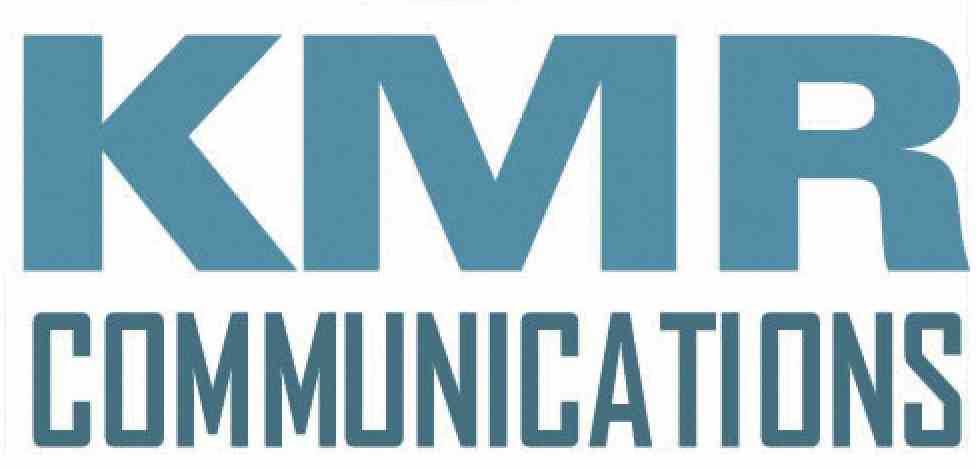Medical marketing is essential for healthcare providers to connect with potential patients. Your online presence and strategy can set you apart and attract those seeking medical services. As healthcare marketing evolves, mastering effective promotion is crucial.
Promoting your medical practice through public relations (PR) is an effective way to build trust, establish credibility, and attract new patients. So, let’s embark on this journey together and unlock the full potential of your medical practice through the power of strategic marketing and the added boost of a well-crafted PR strategy.
Here are steps to help you on how to market your medical practice and develop a PR strategy for it:
1. Define Your Goals:
Identify your PR goals, such as raising awareness about your practice, showcasing your expertise as a medical professional, or highlighting a particular healthcare service or specialty. Having clear objectives will guide your PR efforts, whether you aim to become a trusted healthcare provider or spotlight a unique healthcare service you offer.
2. Create a Strong Brand Identity:
Develop a compelling brand identity for your medical practice, with a particular focus on establishing an impactful online presence through strategic social media marketing on various social media platforms. This holistic approach encompasses creating a professional logo, crafting a memorable tagline, and ensuring consistent branding across all materials, ultimately boosting your visibility and reputation within the digital landscape.
3. Build Relationships with Local Media:
Establish connections with local journalists and media outlets to bolster your healthcare marketing strategy. Reach out to health reporters and offer yourself as a resource for medical topics as part of your marketing campaign. When you have something newsworthy to share, they may be more inclined to cover it, enhancing your visibility and outreach in the healthcare field.
4. Press Releases:
Draft and distribute press releases for significant events or announcements in your healthcare practice, targeting potential patient engagement as a primary focus. These press releases can cover a range of topics, including new services, staff additions, or community involvement. Leveraging a distribution service is a strategic approach to reaching a broader audience and enhancing the visibility of your healthcare practice within the healthcare community.
5. Content Creation:
Create high-quality, informative content as a key component of your online presence strategy, which encompasses social media marketing and content marketing. Write blog posts, articles, or guides related to your medical specialty, and actively share these on your website and through social media channels.
By consistently delivering valuable content, you not only showcase your expertise but also engage your audience effectively through content marketing and social media marketing efforts, ultimately strengthening your online presence.
6. Leverage Social Media:
Maintain active social media profiles, particularly on platforms like LinkedIn and Twitter, as part of your social media marketing strategy. Share relevant healthcare news, wellness tips, patient reviews, and updates about your practice. Engaging in regular communication with your audience through social media marketing not only keeps them informed but also allows you to leverage the power of patient reviews, showcasing the positive experiences of others to strengthen your practice’s online presence.
7. Engage with the Community:
Participate in community events, health fairs, and workshops as part of your marketing effort to promote your healthcare service. This proactive involvement not only raises your profile within the community but also demonstrates your commitment to the well-being of prospective patients.
By engaging with the community in these meaningful ways, you can effectively connect with and attract prospective patients who appreciate your dedication to their health and well-being.
Here are five knowledge-sharing events in your medical field:
- Patient Experience Webinars: Learn from experts and peers to improve current patient experience.
- Medical Billing Workshops: Stay updated on billing practices for a smoother experience.
- Doctors’ Roundtables: Exchange best practices with peers for ideal patient care.
- Healthcare Professional Conferences: Connect with experts and explore patient-centric approaches.
- Target Patient Seminars: Educate patients and strengthen doctor-patient relationships.
These knowledge-sharing events offer valuable insights and opportunities for networking and growth in your medical practices and field.
8. Patient Testimonials:
Encourage satisfied existing patients to leave positive patient reviews on online review sites and your website. Patient reviews and testimonials can be a powerful PR tool, helping to build trust and credibility for your healthcare practice.
9. Educational Seminars and Workshops:
Host educational events or webinars related to your medical field. This positions you as an expert and allows you to engage with potential and existing patients.
10. Crisis Management:
Be prepared for any negative publicity or crises that may arise, including addressing negative patient reviews or online reviews. Having a well-thought-out plan in place to handle these issues professionally is essential for maintaining the reputation of your healthcare practice.
11. Professional Networking:
Join medical associations and networks to connect with other healthcare professionals. Networking can lead to referrals from your peers, as well as opportunities for collaboration and new patient referrals, strengthening your healthcare practice’s reach and reputation within the medical community.
12. Track and Measure Results:
Use tools to monitor the impact of your PR efforts. Track website traffic, social media engagement, and patient inquiries to gauge the effectiveness of your campaigns. Here are three ways to track and measure the results of your PR efforts:
- Website Traffic: Use tools like Google Analytics to monitor website traffic, including digital marketing and local SEO sources.
- Social Media Engagement: Track social metrics (likes, shares, comments, and follower growth) to assess online marketing, email marketing, and local SEO effectiveness.
- Patient Inquiries: Track inquiries from PR efforts, like calls or emails, and assess Google Ads’ impact on patient interest and search engine rankings to improve your business’s overall medical SEO.
By consistently monitoring these metrics, you can gain valuable insights into the effectiveness of your digital marketing strategy.
13. Patient Education:
Create patient-focused educational materials, such as brochures or online resources, as part of your medical marketing strategy, to inform your patients about various health topics. This can position you as a trusted source of information.
14. Collaborate with Influencers:
Partner with local health influencers or wellness bloggers who align with your practice’s values and specialties to extend your marketing effort and reach a wider audience.
15. Consistency is Key:
Consistency in your messaging and branding across all platforms, including Google Business, and materials is crucial for building trust and recognition as part of your medical practice marketing strategy.
Remember that effective PR takes time and effort. It’s an ongoing process that requires dedication and a focus on building and maintaining your practice’s reputation in a positive way. Get in touch with our expert healthcare PR firm to learn more about our services and how we can help your medical practice!

